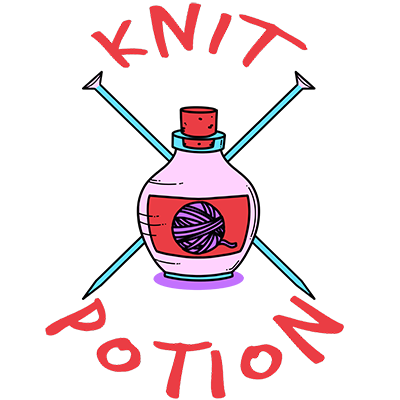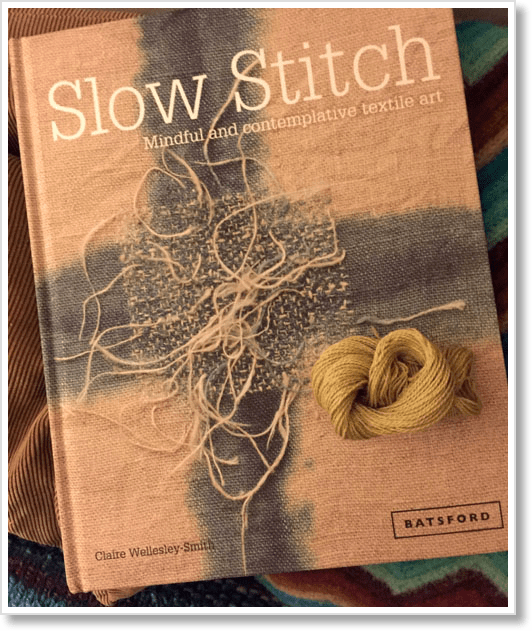The mountains of Northeast Tennessee are wildly alive. Every single day, some new face of nature shows itself.
In the beginning I wanted to know about everything, immediately. Which tree was the hemlock that was used to build our house? Which were the tulip poplar and the sourwood the bees love? Where could I find the plantain? We might need a a poultice!
It’s been a process, but tree by tree and plant by plant, we’ve been getting acquainted. For the most part, I’ve learned to be patient and take the lessons as they come. But every now and then, something happens, like the goldenrod this year. It’s been insane. Fabulous, blinding yellow! Everywhere!!
I knew the time to try my hand at natural dyeing had come.
I decided it would be fun to throw several different types of fiber into my dye pot. I wanted to use some of the Border Leicester top that was a Christmas gift last year from my dear friend, Pam. I also wanted to try dyeing some thread, so I ordered some Dye-lishus cotton from New World Textiles. I had some Lion Brand Fishermen’s Wool and some Plymouth Galway Worsted yarn on hand, so I grabbed those, and I even tossed in a piece of cotton dish towel, just to see what would happen.
The first step was to scour everything and then to mordant all but the Dye-lishus thread. I used alum as a mordant and just followed the directions in Chris McLaughlin’s A Garden to Dye For.
The best part was making the dye bath.
You’re really not supposed to do this in your kitchen . . .
I’ll figure out a better plan down the road.
Something about working with plants growing just a few steps beyond my door made the whole experience feel kind of magical.
Here’s how things looked straight out of the pot.
That was last night.
Here’s everything today after having time to dry.
I’m in love with the Border Leicester top. It took the color beautifully.
The yarn is a little lighter than I’d like, and there are some spots where the dye didn’t take as well as it did elsewhere, so I’ll need to work on that.
I’ll also need to figure out how to get better results with the cotton thread. It ended up a dull, tan-ish color–okay for some things, but not what I was hoping for.
Bottom line: this was big time fun and an excellent jumping off point for a new project I’m anxious to begin!
I’m going to be doing a stitch along with Bradie, whose Healing Handcrafting blog has become one of my absolute favorites. Bradie has written beautifully about the process here and here, and I will be posting about my own progress soon. In the meantime let me recommend the book we’re using for inspiration. It’s Slow Stitch: Mindful and Contemplative Textile Art by Claire Wellesley-Smith. Both the writing and the photographs are something to be savored.
That’s my little hank of hand-dyed thread on top.












This is just so wonderful! The top looks lovely, and I think the yarns are quite pretty as well … I just love yellow! Looking forward to seeing your continued experiments 🙂
Thank you so much! It really was a lot of fun. I need to do a few practical things like test the ph and mineral content of my water so I can be more deliberate with getting specific results, but even without that, it was quite a rush to see the color show up in the fiber.
I was just talking to my girlfriend about having a yarn dyeing weekend when my husband goes on travel again. We haven’t done natural dye but that yellow is lovely!
How fun!! This was the first dyeing I’ve ever done. I remember that you posted about something you’d dyed at one point, and I found it super interesting. If you and your girlfriend end up doing your yarn dyeing weekend, be sure to take pictures!!
That was an awesome experiment! I love the varying colors of yellow with your samples.
Thank you so much, Paula! I can’t wait to try using some other things for the dye. It seems like my options will be quite a bit more limited as winter rolls in, but I’m thinking I could always try household things like onion skins and some of the other things we tend to have around no matter what time of year it is. Let me know if you have any good ideas!
Very cool. I love those yellow/ochre hues. Very Fall-Suitable.
Thank you!! 🙂
This turned out great! Let me know if you want to move on to using black walnuts. I know where you can get a boatload 😉
Thank you!!!! That’s huge coming from you! 🙂
Yes, please (on the walnuts)!